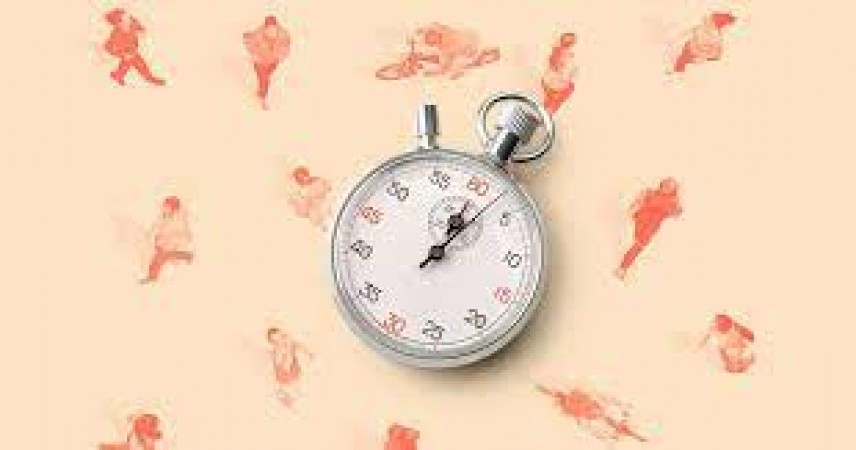In today's fast-paced world, where sedentary lifestyles are increasingly common, the importance of regular physical activity cannot be overstated. But how much exercise do we really need? The answer varies depending on age, as different age groups have different requirements to maintain optimal health. Let's delve into the recommended minutes of exercise for various age brackets.
Children (Ages 6-17)
1. General Guidelines
Children and adolescents should engage in at least 60 minutes of moderate to vigorous physical activity daily.
2. Types of Activity
- Incorporate a variety of activities, including aerobic exercises like running, swimming, or cycling.
- Include muscle-strengthening activities like climbing, push-ups, or gymnastics.
- Bone-strengthening activities like jumping or running should be done at least three times a week.
3. Limit Sedentary Activities
Limit screen time for recreational purposes to no more than two hours per day.
Adults (Ages 18-64)
1. Aerobic Activity
- Aim for at least 150 minutes of moderate-intensity aerobic activity or 75 minutes of vigorous-intensity aerobic activity per week.
- Moderate-intensity activities include brisk walking, cycling, or dancing, while vigorous-intensity activities include jogging, swimming laps, or playing sports like basketball or soccer.
2. Muscle-Strengthening Activities
- Include muscle-strengthening activities that work all major muscle groups on two or more days a week.
- This can be achieved through activities like lifting weights, doing bodyweight exercises, or using resistance bands.
3. Balance and Flexibility
- Incorporate balance and flexibility exercises, such as yoga or tai chi, into your routine to enhance stability and prevent falls.
Older Adults (Ages 65 and Older)
1. Similar Guidelines
Older adults should aim for similar amounts of exercise as adults aged 18-64, with some adaptations based on individual abilities and health conditions.
2. Focus on Functional Fitness
- Emphasize activities that improve functional fitness, such as walking, water aerobics, or chair exercises.
- Engage in activities that enhance balance, flexibility, and coordination to reduce the risk of falls and maintain independence.
3. Consultation with Healthcare Providers
Individuals with chronic conditions or limitations should consult their healthcare providers for personalized recommendations. Exercise is vital for maintaining overall health and well-being regardless of age. By following the recommended guidelines for each age group, individuals can improve their physical fitness, reduce the risk of chronic diseases, and enhance their quality of life. Remember, it's never too late to start incorporating regular physical activity into your daily routine.
If You Want a Pink Glow on Your Face, Follow These Tricks
Meditation Can Improve Your Mental Health: Find Out How
Plant these plants inside your house today, you will get many benefits
